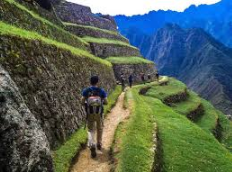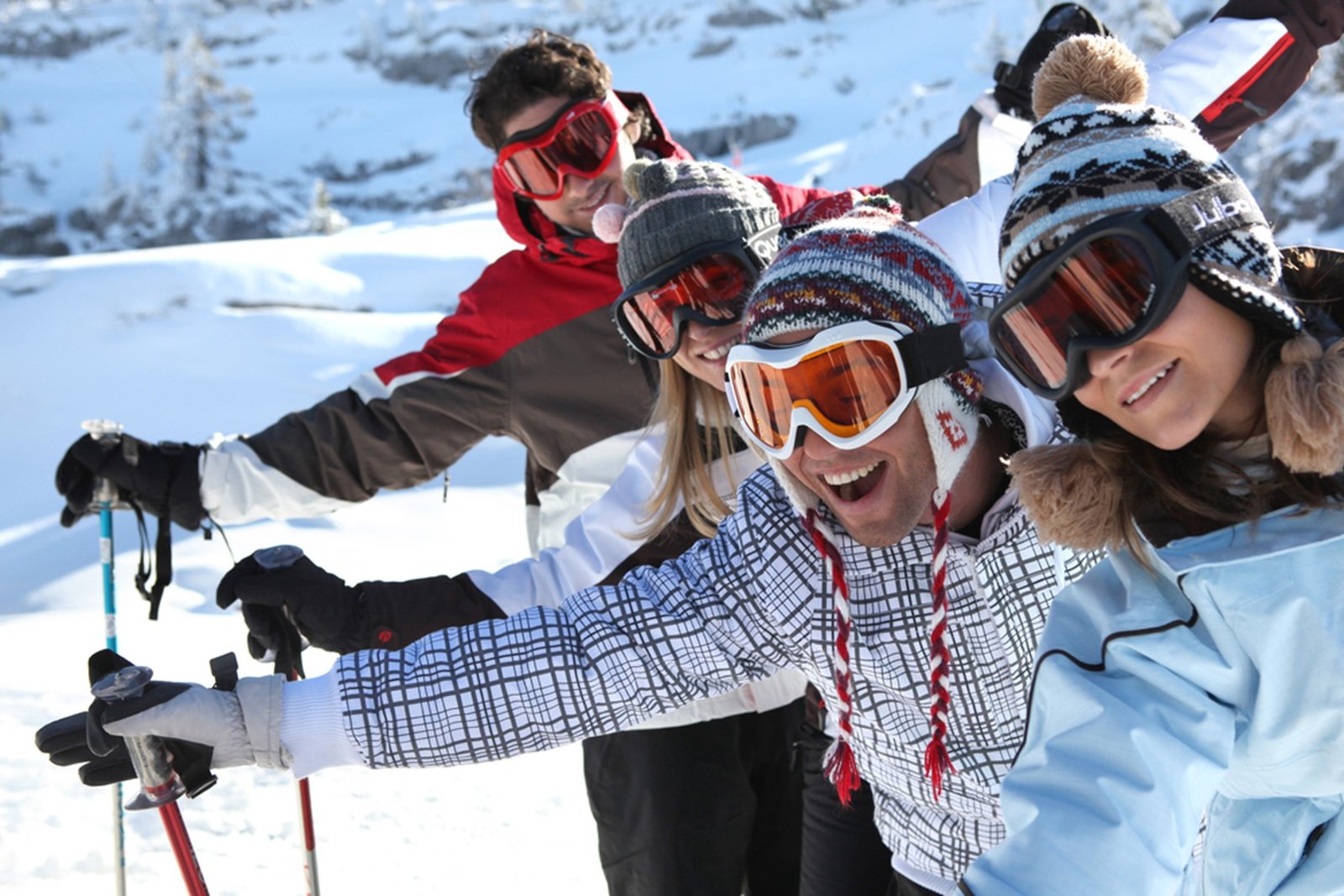Embarking on an adventure trek to Machu Picchu, Peru, is a bucket-list experience for travelers seeking a blend of breathtaking landscapes, ancient history, and physical challenge. Nestled high in the Andes Mountains, Machu Picchu is one of the world’s most iconic archaeological sites, a UNESCO World Heritage Site, and a testament to the ingenuity of the Inca civilization. This professional guide explores the essentials of planning and experiencing an adventure trek to Machu Picchu, Peru, offering insights into routes, preparation, cultural significance, and tips for an unforgettable journey.
Why Choose an Adventure Trek to Machu Picchu, Peru?
The adventure trek to Machu Picchu is more than just a hike; it’s a transformative journey through diverse ecosystems, from lush cloud forests to rugged mountain passes. The trek offers a rare opportunity to connect with nature, immerse yourself in Inca history, and witness the awe-inspiring ruins of Machu Picchu at sunrise. Whether you’re an experienced hiker or a first-time adventurer, the trails leading to this ancient city cater to various fitness levels and preferences, making it a must-do for outdoor enthusiasts.
The most famous route, the Inca Trail, is a bucket-list trek renowned for its historical significance and stunning scenery. However, alternative routes like the Salkantay Trek and Lares Trek provide equally rewarding experiences with fewer crowds. Each path offers a unique perspective on Peru’s rich cultural and natural heritage, ensuring an adventure tailored to your interests.
Popular Trekking Routes to Machu Picchu
1. The Classic Inca Trail
The Inca Trail is the most iconic route to Machu Picchu, stretching 26 miles (42 kilometers) over 4 days. This moderately challenging trek takes you through ancient Inca paths, past archaeological sites like Wiñay Wayna, and over high-altitude passes like Dead Woman’s Pass (4,215 meters). The trail culminates at the Sun Gate (Inti Punku), offering a breathtaking first glimpse of Machu Picchu.
- Duration: 4 days/3 nights
- Difficulty: Moderate to challenging
- Highlights: Historical ruins, diverse ecosystems, sunrise at Machu Picchu
- Permits: Required, limited to 500 per day (including porters and guides)
Due to its popularity, booking 6–12 months in advance is essential, especially for peak season (May–September).
2. Salkantay Trek
For those seeking a more rugged adventure, the Salkantay Trek is a 46-mile (74-kilometer) journey through dramatic landscapes, including snow-capped peaks and tropical valleys. This 5-day trek reaches an elevation of 4,600 meters at Salkantay Pass, offering stunning views of the Salkantay Mountain.
- Duration: 5 days/4 nights
- Difficulty: Challenging
- Highlights: Glacial lakes, Andean villages, fewer crowds
- Permits: Not required
The Salkantay Trek is ideal for adventurers looking for a less regulated, physically demanding route with unparalleled natural beauty.
3. Lares Trek
The Lares Trek combines adventure with cultural immersion, passing through traditional Andean communities. This 21-mile (34-kilometer) trek is less strenuous than the Inca Trail and offers opportunities to interact with local Quechua families, witness traditional weaving, and soak in natural hot springs.
- Duration: 4 days/3 nights
- Difficulty: Moderate
- Highlights: Cultural experiences, scenic valleys, hot springs
- Permits: Not required
This trek is perfect for travelers seeking an off-the-beaten-path experience with a focus on Peru’s living culture.
Preparing for Your Adventure Trek to Machu Picchu
Physical Preparation
Trekking to Machu Picchu involves high altitudes and varied terrain, so physical preparation is crucial. Begin training 3–6 months in advance with cardiovascular exercises like hiking, running, or cycling. Incorporate strength training for your legs and core to handle steep ascents and descents. Acclimatizing to altitude in Cusco (3,400 meters) for 2–3 days before the trek helps reduce the risk of altitude sickness.
Packing Essentials
Pack light but strategically for your trek. Essential items include:
- Clothing: Moisture-wicking layers, waterproof jacket, sturdy hiking boots
- Gear: Daypack, trekking poles, sleeping bag (for camping treks)
- Supplies: Water bottle, high-SPF sunscreen, insect repellent, personal medications
- Documents: Passport, trek permits, travel insurance
Many tour operators provide porters to carry heavier gear, but check inclusions when booking.
Choosing a Tour Operator
A reputable tour operator ensures a safe and enriching experience. Look for licensed companies with experienced guides, sustainable practices, and fair treatment of porters. Compare itineraries, group sizes, and inclusions like meals and camping equipment. Reading reviews on platforms like TripAdvisor can help you select a reliable operator.
Cultural and Historical Significance of Machu Picchu
Machu Picchu, built in the 15th century, is a marvel of Inca engineering. Constructed without mortar, its stone structures have withstood centuries of seismic activity. Believed to be a royal estate or sacred retreat, the site’s purpose remains a subject of scholarly debate. Its remote location, surrounded by mist-covered peaks, adds to its mystique.
During your trek, you’ll encounter remnants of Inca culture, from terraced fields to ceremonial sites. Local Quechua guides often share stories and legends, deepening your appreciation for the region’s heritage. Respecting sacred sites and following the “leave no trace” principle ensures the preservation of this global treasure.
Best Time to Trek to Machu Picchu
The dry season (May–September) is the most popular time to trek, offering clear skies and stable weather. However, trails can be crowded, and permits for the Inca Trail sell out quickly. The shoulder seasons (April and October) provide a balance of decent weather and fewer hikers. The wet season (November–March) brings heavier rains and muddy trails, but the landscapes are lush, and crowds are minimal.
Tips for a Successful Trek
- Acclimatize Properly: Spend a few days in Cusco or the Sacred Valley to adjust to the altitude.
- Stay Hydrated: Drink plenty of water and consider electrolyte supplements.
- Respect Local Culture: Learn basic Spanish or Quechua phrases to connect with locals.
- Pack for Variable Weather: Layers are key for fluctuating temperatures.
- Book Early: Secure permits and accommodations well in advance, especially for the Inca Trail.
- Travel Light: Minimize your load to enhance comfort during long hiking days.
Conclusion
An adventure trek to Machu Picchu, Peru, is a journey that combines physical challenge, cultural immersion, and natural splendor. Whether you choose the historic Inca Trail, the rugged Salkantay Trek, or the culturally rich Lares Trek, the path to Machu Picchu promises unforgettable memories. By preparing thoroughly, choosing the right route, and respecting the region’s heritage, you’ll experience one of the world’s greatest adventures. Start planning your trek today, and let the Andes guide you to the lost city of the Incas.
For more information on booking your adventure trek to Machu Picchu, Peru, consult reputable tour operators or visit travel platforms for up-to-date advice and itineraries. Your journey to this ancient wonder awaits!




